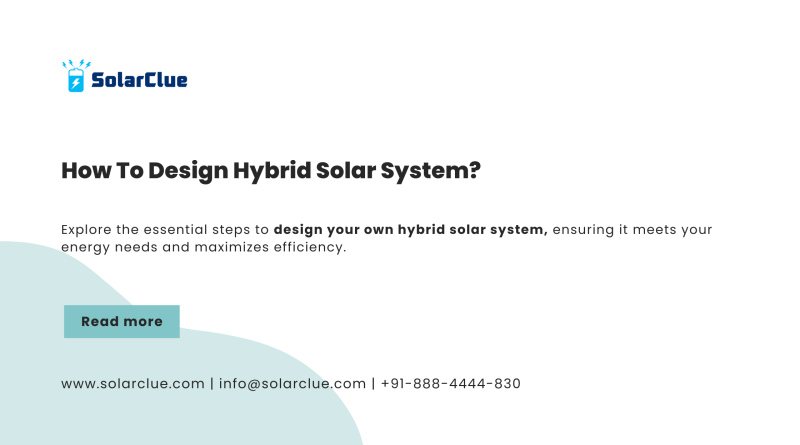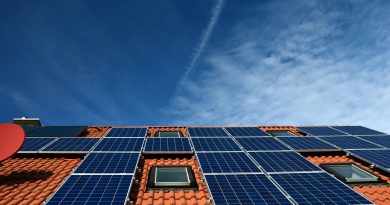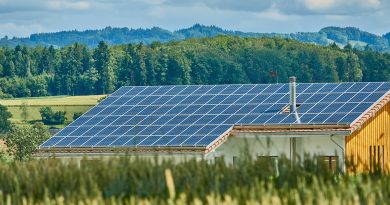How To Design Hybrid Solar System?
As solar energy becomes more accessible and efficient, homeowners and businesses are increasingly looking toward hybrid solar systems as a reliable and sustainable energy solution. A hybrid solar system combines the best features of both on-grid and off-grid systems, allowing you to generate your electricity, store excess energy, and draw from the grid when necessary. This blog will guide you through the essential steps to design your own hybrid solar system, ensuring it meets your energy needs and maximizes efficiency.
Table of Contents
Assess Your Energy Needs
Calculate Your Energy Consumption
The first step in designing a hybrid solar system is to assess your current energy consumption. Review your electricity bills to determine your average daily, monthly, and peak energy usage. This information will help you determine the size of the solar panels and battery storage you’ll need.
Consider Future Energy Needs
When planning your system, consider any future energy needs, such as adding more appliances, expanding your home, or integrating electric vehicles. Designing a system with some extra capacity can save you from costly upgrades later.
Determine the System Size
Sizing Solar Panels
The size of your solar panel array will depend on your energy consumption and the amount of sunlight your location receives. In general, more sunlight means you can produce more energy with fewer panels. Calculate the total wattage of the solar panels required to meet your energy needs and ensure your roof or installation area can accommodate the panels.
Sizing the Battery Storage
Battery storage is a critical component of a hybrid solar system, as it allows you to store excess energy for use during the night or on cloudy days. The size of your battery bank should be sufficient to store enough energy to power your home or business during these periods. Consider factors such as battery capacity, depth of discharge, and the number of days of autonomy you desire.
Choose the Right Components
Solar Panels
Select high-efficiency solar panels that match your energy needs and budget. Monocrystalline panels, while more expensive, offer higher efficiency and take up less space compared to polycrystalline panels.
Inverter
The inverter is the heart of your hybrid solar system, converting the DC power generated by the solar panels into AC power used by your appliances. Choose a hybrid inverter that can manage power from both the solar panels and the batteries and has built-in features like Maximum Power Point Tracking (MPPT) for optimal performance.
Battery Storage
When selecting batteries, consider their lifespan, efficiency, and maintenance requirements. Lithium-ion batteries are popular for hybrid systems due to their long lifespan and high efficiency, but lead-acid batteries may be a more cost-effective option if you’re on a budget.
Charge Controller
A charge controller regulates the flow of electricity from the solar panels to the batteries, preventing overcharging and extending the life of your battery bank. Ensure that your charge controller is compatible with your battery type and system voltage.
Design the System Layout
Solar Panel Placement
The placement of your solar panels is crucial for maximizing energy production. Ensure that the panels are installed in an area with maximum sunlight exposure, typically on a south-facing roof in the northern hemisphere. Avoid shading from trees, buildings, or other obstructions.
Battery and Inverter Location
Install the battery bank and inverter in a well-ventilated, temperature-controlled environment to ensure optimal performance and longevity. The closer these components are to the solar panels, the more efficient the system will be, as it reduces energy loss in transmission.
Wiring and Connections
Proper wiring and connections are essential for the safe and efficient operation of your hybrid solar system. Use high-quality, appropriately sized cables to connect the solar panels, inverter, battery bank, and charge controller. Consider hiring a professional electrician to ensure all connections are made safely and meet local electrical codes.
Consider Backup Power Options
Grid Connection
A hybrid solar system typically remains connected to the grid, allowing you to draw power when your solar production and battery storage are insufficient. This connection provides an additional layer of security, ensuring that you always have access to power.
Backup Generator
In areas with frequent power outages or unreliable grid supply, consider adding a backup generator to your hybrid solar system. The generator can provide power during extended periods of low sunlight or when the battery storage is depleted.
Monitor and Maintain Your System
Monitoring Tools
Invest in a monitoring system that allows you to track your solar production, battery storage levels, and energy consumption in real-time. This information is invaluable for optimizing the performance of your hybrid solar system and identifying any issues early.
Regular Maintenance
Regular maintenance is key to ensuring the longevity and efficiency of your hybrid solar system. Clean the solar panels periodically to remove dust and debris, check the batteries for signs of wear or damage, and inspect all electrical connections for safety.
Conclusion
Designing a hybrid solar system involves careful planning and consideration of your energy needs, component selection, system layout, and maintenance requirements. By following these steps, you can create a system that provides reliable, renewable energy and reduces your dependence on the grid.
Final Thoughts
A well-designed hybrid solar system can offer significant benefits, including energy independence, cost savings, and environmental sustainability. If you’re considering making the switch to solar energy, now is the perfect time to take action. Whether you’re a homeowner or a business owner, investing in a hybrid solar system is a smart move towards a greener, more sustainable future.
For expert guidance and high-quality hybrid solar systems, visit SolarClue. Our team is ready to help you design and install the perfect solar solution tailored to your needs. Start your journey to energy independence today!



